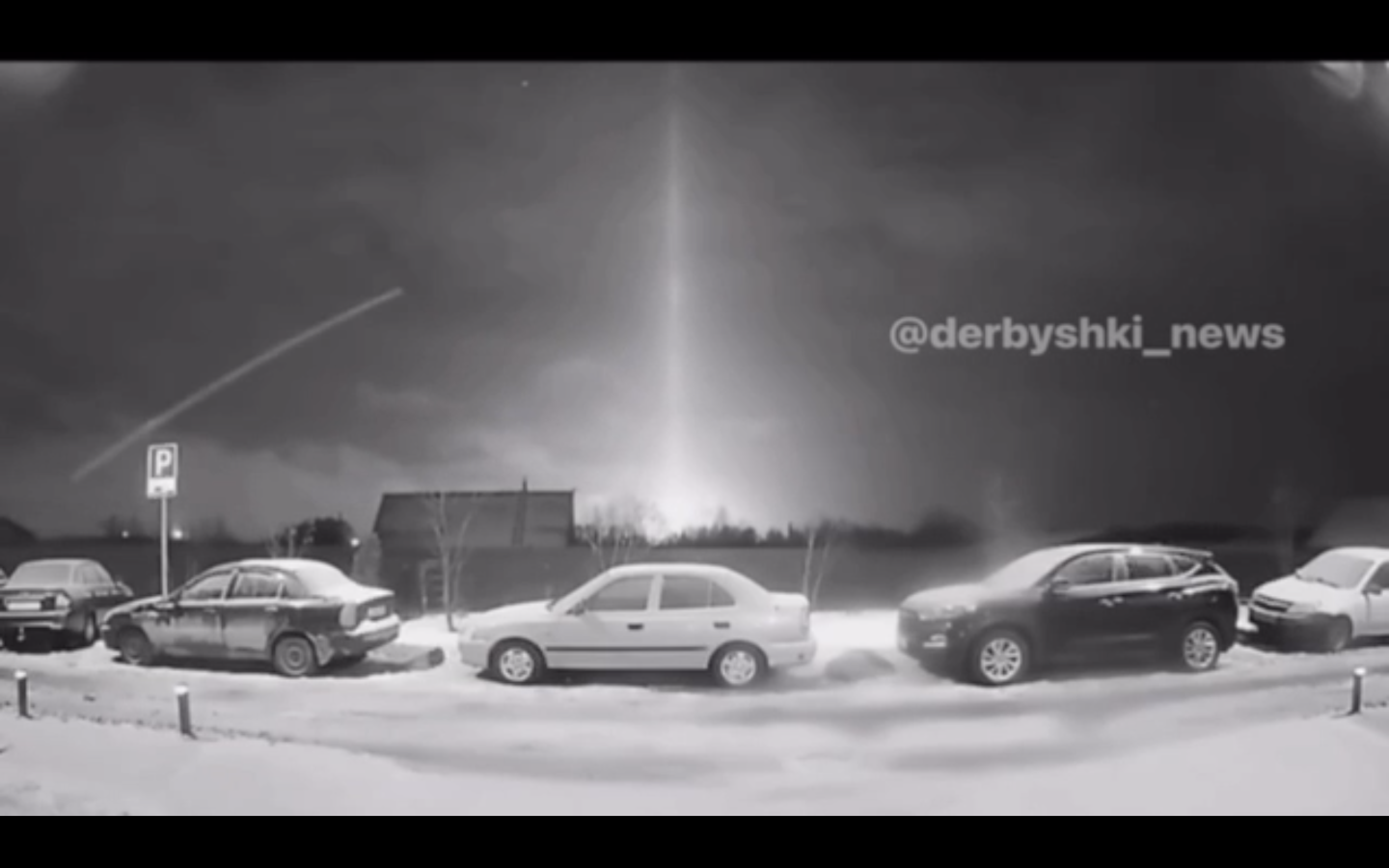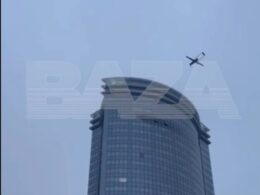Russia is dramatically expanding its only strategic bomber production facility, but the billion-euro investment will not solve the problems plaguing its aviation industry, according to a new investigation by Finnish broadcaster YLE.
Satellite imagery analyzed by YLE shows massive construction at the Kazan Aviation Plant has added 19,000 square meters of production space since winter—equivalent to three football fields. The expansion is part of approximately €1 billion in modernization investment, according to YLE's analysis.
But the new hangars won't fix underlying problems. Former Finnish intelligence officer Marko Eklund, who analyzed the satellite imagery for YLE, concluded the expansion "will not solve the problems of the aviation industry and the industry as a whole."
The production constraints
Why won't bigger hangars solve the problems? YLE's investigation revealed multiple constraints beyond factory space.
Kazan delivered just four bombers in 2024: two modernized Tu-160M aircraft and two new Tu-160M2 models, according to YLE's reporting. The plant faces what YLE described as "constraints beyond factory space"—sanctions limiting access to Western components, workforce shortages, and disrupted Soviet-era supply chains.
YLE reported that Russia cannot manufacture these aircraft from scratch, instead relying on decades-old components stored at the facility. Production lags behind planned schedules due to sanctions and labor shortages.
Ukraine targets the aircraft
The Kazan facility produces the Tu-160 and Tu-22M3 bombers that Russia uses for cruise missile strikes against Ukrainian cities. Ukraine has systematically targeted these aircraft types in operations across Russian territory.
Ukraine's June Operation Spiderweb destroyed aircraft that experts say cannot be easily replaced. Many of the targeted aircraft types went out of production when the Soviet Union collapsed.
The scale of the challenge becomes clear when comparing production to destruction. YLE found that Kazan delivered just four bombers in 2024, while Operation Spiderweb destroyed at least 10 strategic aircraft in one night using 117 drones across five airfields.
Ukrainian officials claimed 41 aircraft were hit total, representing approximately 34% of Russia's strategic bomber fleet—nearly a decade's worth of Kazan's current production output eliminated in hours.
Ukraine has also directly targeted the Kazan plant itself, with drone strikes hitting the facility in January 2025.
Civilian aircraft struggles mirror military problems
YLE found that Russia's aviation difficulties extend beyond military production. The plant's civilian Tu-214 program illustrates similar constraints.
Kazan received orders for 23 Tu-214 passenger jets but has delivered only one aircraft in 2025, YLE reported. Delays became so severe that Russia's flagship carrier Aeroflot threatened to cancel orders, though analysts believe cancellation unlikely given substantial state investment.
YLE noted that sanctions created demand for domestic aircraft while simultaneously limiting the capacity to produce them.
Expansion addresses symptoms, not causes
YLE's analysis suggests the €1 billion expansion focuses on production capacity while underlying problems persist.
The facility expansion includes new assembly halls and modernized equipment, according to YLE's satellite analysis. However, the broadcaster noted that sanctions and workforce issues continue to hamper actual production output.
As YLE's investigation concludes, Russia's massive factory expansion may not address the fundamental constraints that limit aviation production—component availability, skilled workers, and disrupted supply chains that larger hangars cannot solve.






